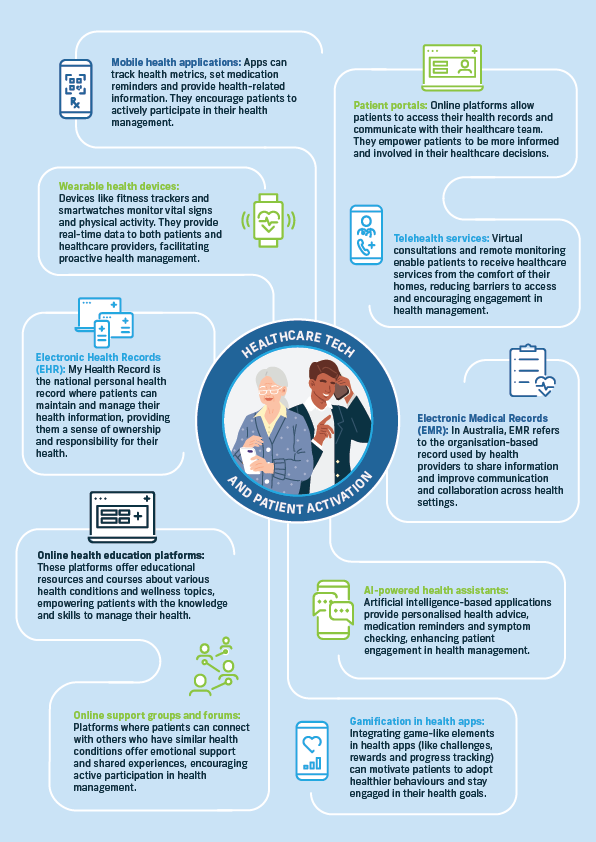
Sydney Street Medical: using patient feedback to support quality improvement
Sydney Street Medical is a well-established general practice in Mackay, Queensland, providing a broad range of health services including general
Please be advised that our offices will be closed from midday on Wednesday 24 December 2025 and will reopen at 9.00am (AEST) on Monday 5 January 2026.
We can be contacted by phone from Monday 5 January 2026. Alternatively, during the closure period you may call (07) 3855 2093 to leave a brief message including your name, contact number, and reason for call. We will return your call once our office reopens.
We wish all our clients a wonderful festive season and look forward to working with you in the New Year.

The healthcare sector is witnessing an unprecedented technological revolution, fundamentally reshaping patient experience and healthcare delivery. Central to this transformation is the use of digital and data, as underscored in the recently released Australian Government Digital Health Blueprint and Action Plan 2023–2033.
The plan outlines a ten-year vision leveraging innovative technological solutions to improve how health services are accessed, used and delivered to help Australians live healthier lives. Recognising the federal government’s comprehensive role in healthcare, the Digital Health Blueprint and the accompanying Action Plan focus on unifying and prioritising significant, long-term investment in digital health. The initiative seeks to provide all Australians a more personalised and connected health and well-being experience. It encompasses various sectors, including primary care, mental health, hospitals, preventive health, medical research and aged care. The goal is to deliver improved health outcomes and create a more efficient health ecosystem across the board.
An essential aspect of this initiative is the emphasis on developing a connected, multidisciplinary network facilitated by emerging technologies such as artificial intelligence, wearable devices and software-driven digital care models. The integration of health technology in Australia aligns with several key global trends, including:
Overall, these developments highlight the growing importance of technology in creating a more efficient, patient-centred healthcare system, emphasising patient engagement and patient activation. Patient activation, which refers to a patient’s knowledge, skills, ability and willingness to manage their own health and care, aims to empower patients to take a more active role in their healthcare journey. As healthcare systems globally grapple with aging populations and the rising prevalence of chronic diseases, patient activation has emerged as a foundation for effective health management. An activated patient is a crucial ally in the mission to enhance the efficacy of healthcare delivery. Activated patients are more likely to engage in positive health behaviours, have better clinical outcomes and report higher levels of satisfaction with their care. Technology plays a pivotal role in this process by providing tools that empower patients, enhance communication and facilitate better management of health conditions.
A 2022 study, Mobile App to Enhance Patient Activation and Patient-Provider Communication in Major Depressive Disorder Management, presents a compelling example. The research found that an app-enabled clinical care pathway could significantly enhance patient activation and benefit the management of Major Depressive Disorder (MDD). Using a mobile application, patients with MDD could communicate more effectively with their healthcare providers, track their symptoms, and access personalised resources. This technology fosters better communication between patients and providers and allows for continuous monitoring and management of the patient’s condition, leading to more tailored and effective treatment plans.
Check our latest infographic, Healthcare tech and patient activation below to understand the opportunities for digital health technologies to foster a more informed, engaged and proactive approach to health and well-being.

Read more about Patient Activation here >

Sydney Street Medical is a well-established general practice in Mackay, Queensland, providing a broad range of health services including general

Australia’s healthcare system faces significant challenges from the growing burden of chronic conditions. According to the Australian Institute of Health